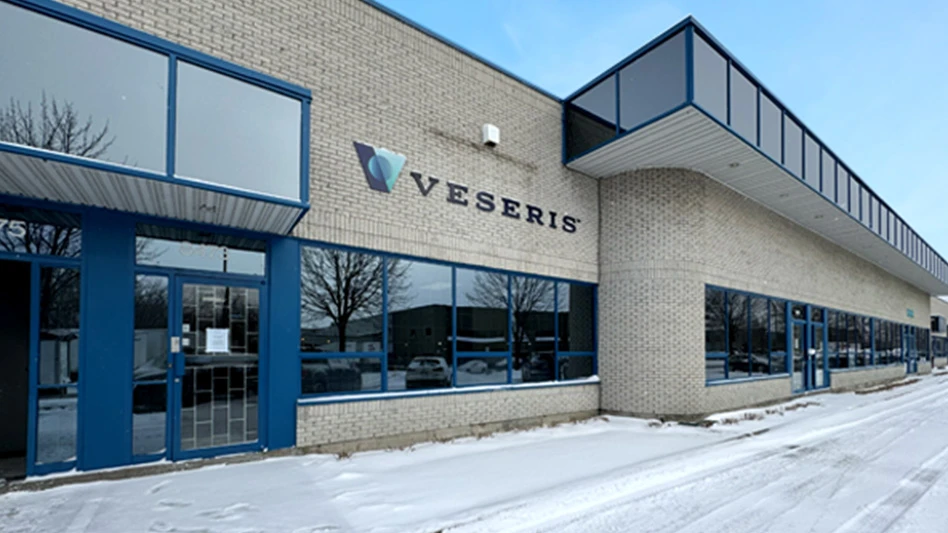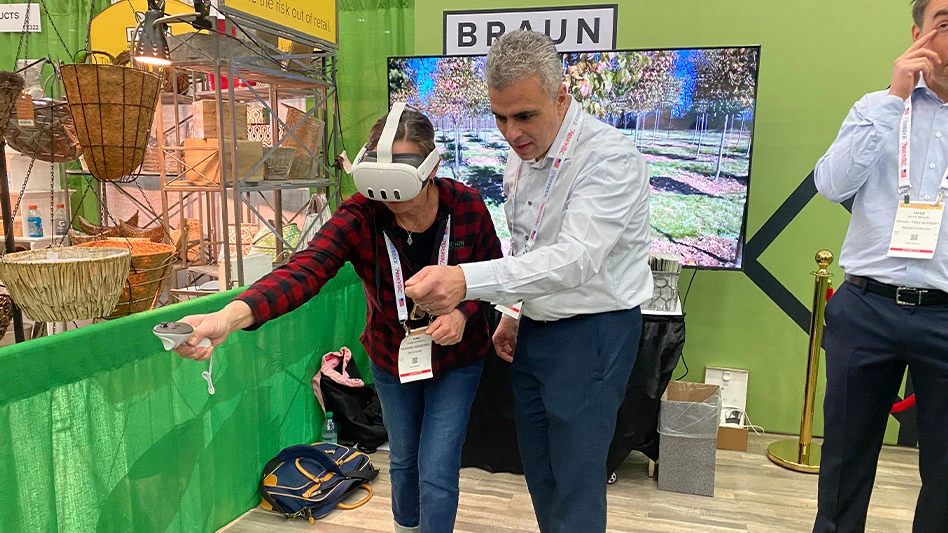|
BUDGET SOLUTION
Fluffers are designed to loosen the mix without separating or breaking down the components. Usually they are placed over an inclined conveyor that transports the mix to a potting table or container filler. Some are designed to fit directly over a potting machine. The small bags or bales are placed in a hopper and broken up by hand. Instead of cutting blades, such as are used in a shredder, the fluffer uses tines to break apart the clumps. Water from nozzles can be sprayed over the mix as it is conveyed. The loosened mix provides a more uniform fill for the containers. Bale breakers
Bale breakers are usually designed for easy loading of the bale into the hopper and removal of the plastic wrap. They work either by shearing the mix off the bale with a knife action of a scraper blade or by a series of rotating tines. Movement of the bale is with hydraulic cylinders or a walking floor. Some units, such as the Bouldin & Lawson Bale Buster, are available with a fluffing unit. Bale breakers usually cost in the $15,000 to $20,000 range. When selecting a machine, look for one that will handle the size of bale you use, is easy to load and supplies the mix at a rate that complements the container filling machine. If you plan to move it, look for one that has wheels or can be picked up with a fork lift. With a potential 25 cents to 30 cents/flat savings in media and labor from using large compressed bales and a bale breaker as compared to 2.8 cubic foot loose bags of mix, it takes only 60,000 to 80,000 flats to pay back the cost of a $20,000 machine. With large bags and bales becoming available from more manufacturers, the fluffer and bale breaker machines are a necessary part of the plant production process. These machines save both on the cost per flat and the handling labor. Have a question? You can write John at jbartok@rcn.com. |

Explore the April 2012 Issue
Check out more from this issue and find your next story to read.
Latest from Greenhouse Management
- Metrolina Greenhouses donated more than $1 million in 2024
- De Vroomen Garden Products celebrates 100 years with new products, global celebrations
- ThinkPlants announces new shrub program
- American Floral Endowment 2025 scholarship applications now open
- Two Proven Winners ColorChoice varieties take top honors in Australia’s 2025 Plant of the Year
- Registration now open for 2025 National Floriculture Forum
- GardenComm hosting 10-session Winter Webinar Series
- Growing beyond the greenhouse
.jpg)






